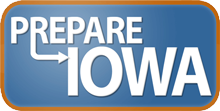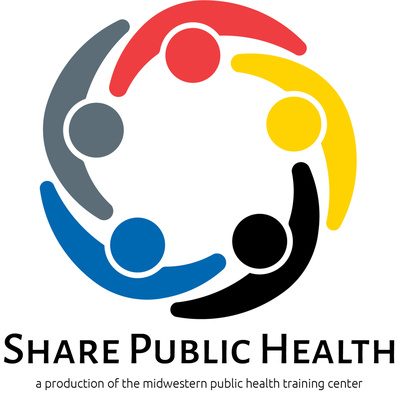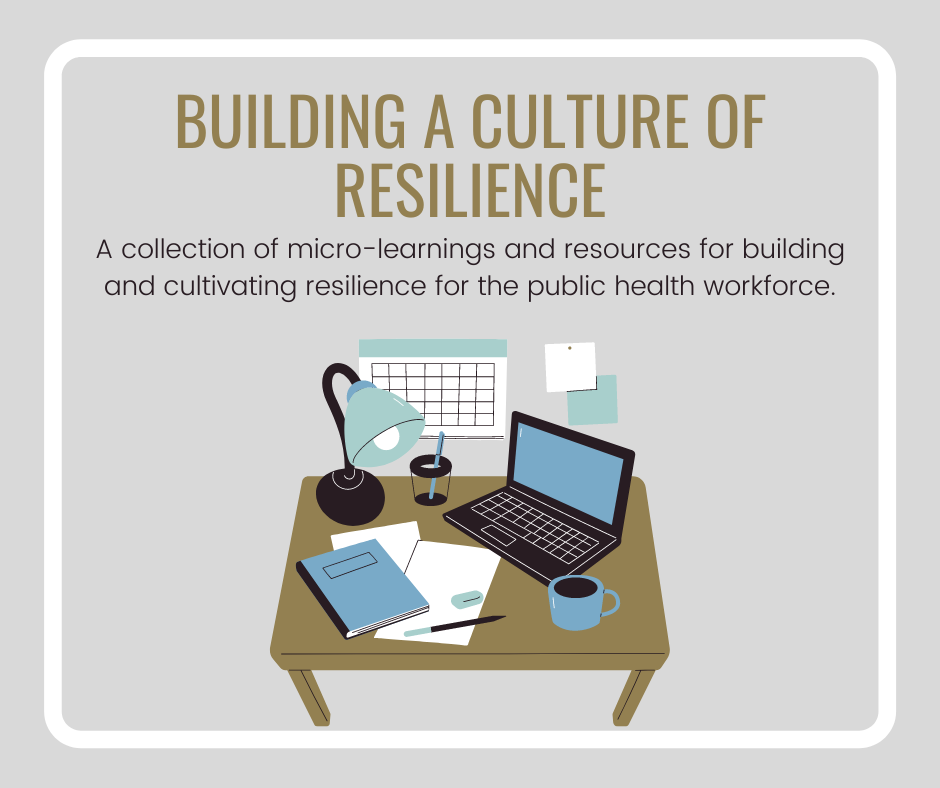Community Assessment for Public Health Emergency Response (CASPER) Toolkit
The Division of Environmental Hazards and Health Effects, Health Studies Branch (DEHHE/HSB) at the Centers for Disease Control and Prevention (CDC) has developed the Community Assessment for Public Health Emergency Response (CASPER) toolkit to assist personnel from any local, regional, state, or federal public health departments in conducting the CASPER during disaster. One of the main objectives in developing this toolkit is to standardize the assessment procedures focusing on United States disaster response. The CASPER toolkit provides guidelines on data collection tool development, methodology, sample selection, training, data collection, analysis, and report writing.
Rural Disaster Resilience Planning Guide
Disasters can and do happen. Small, rural, remote and coastal communities have been affected by hurricanes, wildfires, water contamination and an assortment of other hazards. Resource-based jobs have often disappeared and families have moved to larger urban centres. Some communities have slowly disappeared while others have flourished. What makes the difference? Why are some communities more resilient to disasters and change? How can you help your community survive and prosper? The Rural Disaster Resilience Planning (RDRP) approach has been designed with rural communities in mind. The RDRP process includes a user-friendly guide provided by the Justice Institute of British Columbia (Canada) to help you work through the various steps to increase resiliency in your community.
Continuity of Operations Plan Template and Instructions
This template from National Disaster Recovery Framework provides instructions, guidance, and sample text for the development of continuity plans and programs in accordance with Federal Continuity Directives (FCDs) 1 and 2 for the Federal executive branch. Continuity planning facilitates the performance of executive branch essential functions during all-hazards emergencies or other situations that may disrupt normal operations.
National Disaster Recovery Framework
The National Disaster Recovery Framework (NDRF) from FEMA is a guide to promote effective recovery, particularly from catastrophic incidents. The NDRF provides guidance that enables effective recovery support. It provides a flexible structure that enables disaster recovery managers to operate in a unified and collaborative manner. It also focuses on how best build a more resilient Nation.
After Action Report Improvment Plan Document
The After-Action Report/Improvement Plan (AAR/IP) aligns exercise objectives with preparedness doctrine to include the National Preparedness Goal and related frameworks and guidance. Exercise information required for preparedness reporting and trend analysis is included; users are encouraged to add additional sections as needed to support their own organizational needs.
Selected examples are provided to enhance coordination of preparedness across sectors. These models are provided by CDC's Public Health Emergency Preparedness Clearinghouse, a central repository for emergency preparedness-related statutes, regulations, orders, reports, and legal tools. The Clearinghouse is intended to aid jurisdictions considering updates and clarifications to their public health emergency legal preparedness activities.
Long-Term Community Recovery Planning Process: A Self-Help Guide
The FEMA Long-Term Community Recovery (LTCR) Self-Help Guide is intended to provide state, tribal and local governments with a framework for implementing their own long-term community recovery planning process after a significant disaster event. It is assumed that any state, tribal, or local government undertaking a LTCR Self-Help program will have qualified staff to manage the planning process.
Sustaining Critical Services - Continuity of Operations: A Toolkit for Public Health
This Advanced Practice Center toolkit from Seattle & King County Public Health is intended for health departments who have written a continuity of operations or business continuity plan, but have not developed the detailed procesdures to implement it, or lack substantial experiene putting those plans and procedures into action. The tools are applicable to health departments of any size or scope of services.





